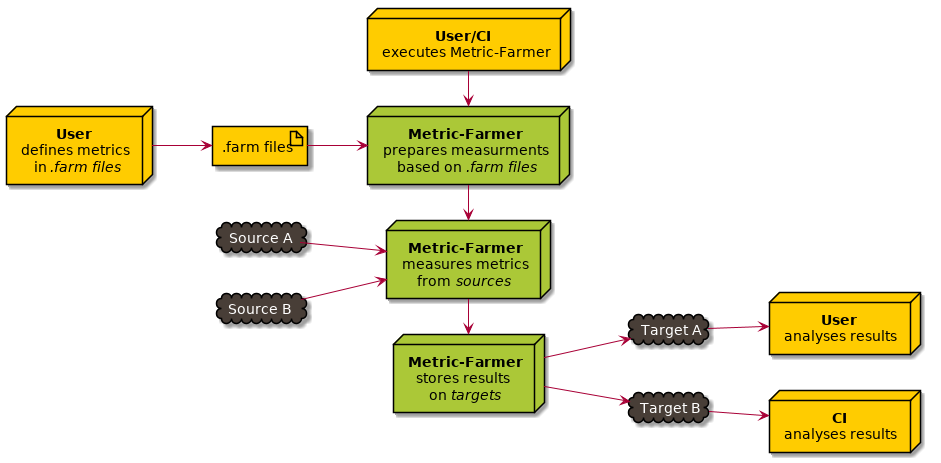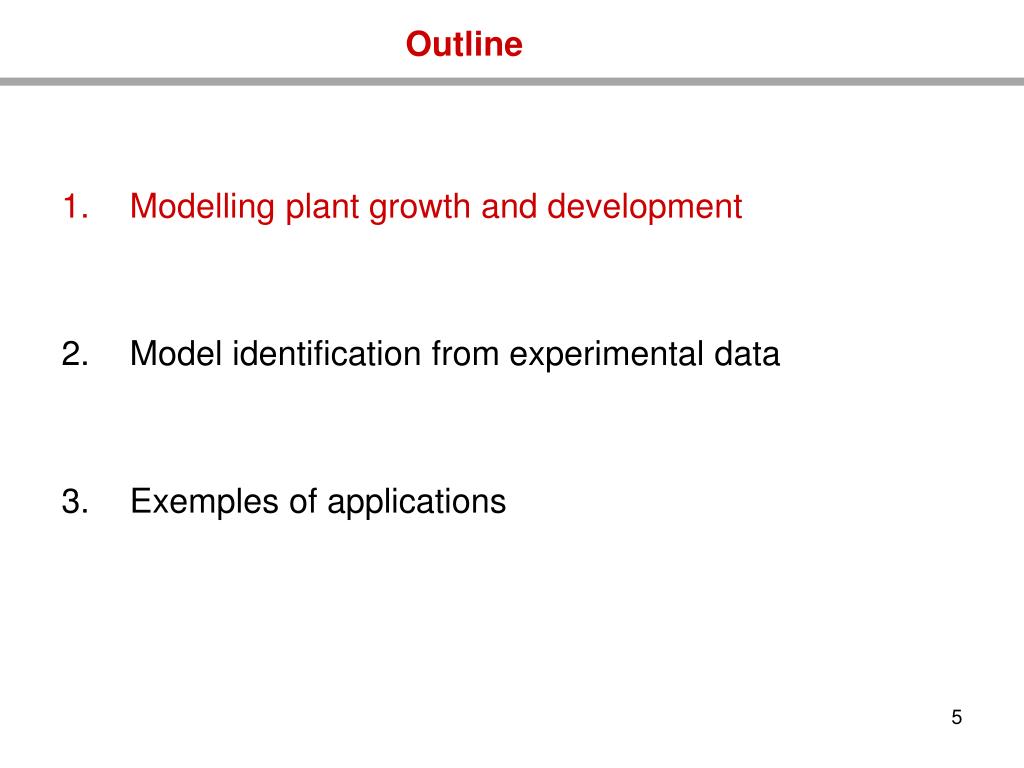

It is thus impossible to perform successive measurements of the same leaf. Direct methods, including the use of a leaf area meter, scanner, or blueprinting, involve destructive plant sampling. Several researchers have therefore aimed to precisely measure leaf areas, which have traditionally been estimated quantitatively through both direct and indirect methods.

The surface area of a plant leaf is a crucial parameter because it influences the interception of radiation, water and energy exchange processes, and crop growth and productivity. In addition, the proposed method can be extended to other plants whose leaf shape is comparable to that of a kiwifruit leaf. The low MAE and RMSE and high accuracy prove the capability of the proposed method with regard to calculating the length and width of such leaves. The analysis also showed that the proposed method outperforms other prevalent approaches, achieving high accuracy rates of 98.88% and 98.83% for the length and width of kiwifruit leaves, respectively. The maximum MAE and RMSE for the three examined cultivars are 0.281 and 0.366 cm, respectively. The experimental results were evaluated by analyzing the mean absolute error (MAE), root mean square error (RMSE), and accuracy. Finally, the leaf length was determined based on the sum of the number of pixels between the leaf tip and petiole insertion, and the leaf width was calculated based on the sum of the number of pixels for the widest region of the leaf. The coordinates of the pixels along the edge of the kiwifruit leaf were then extracted. Using the proposed method, orthophotographs of the leaves were obtained through image segmentation and image correction. In this study, an image-analysis-based method is proposed to estimate the length and width of plant leaves, some of which have concave tips and petiole insertions.


 0 kommentar(er)
0 kommentar(er)
